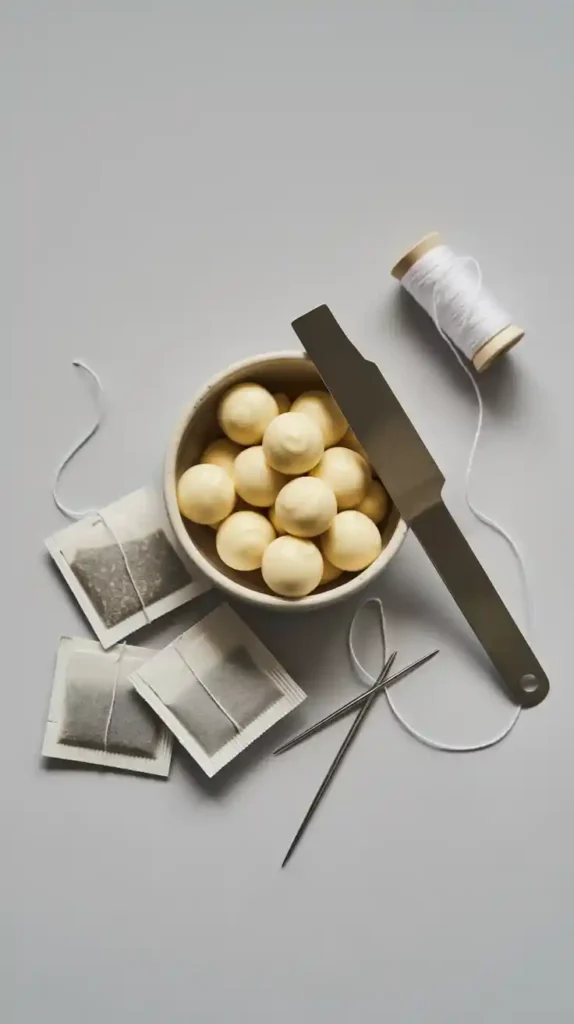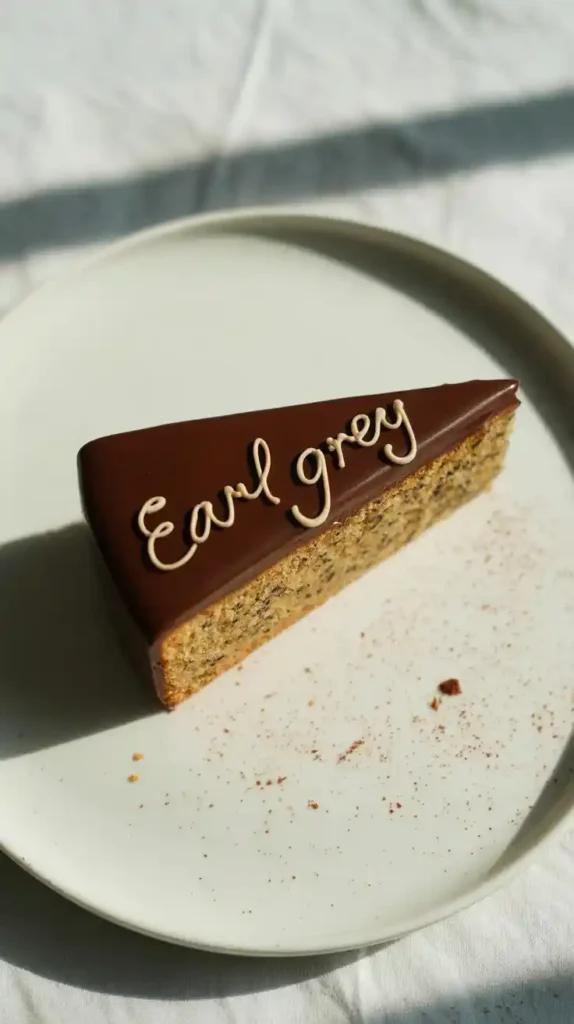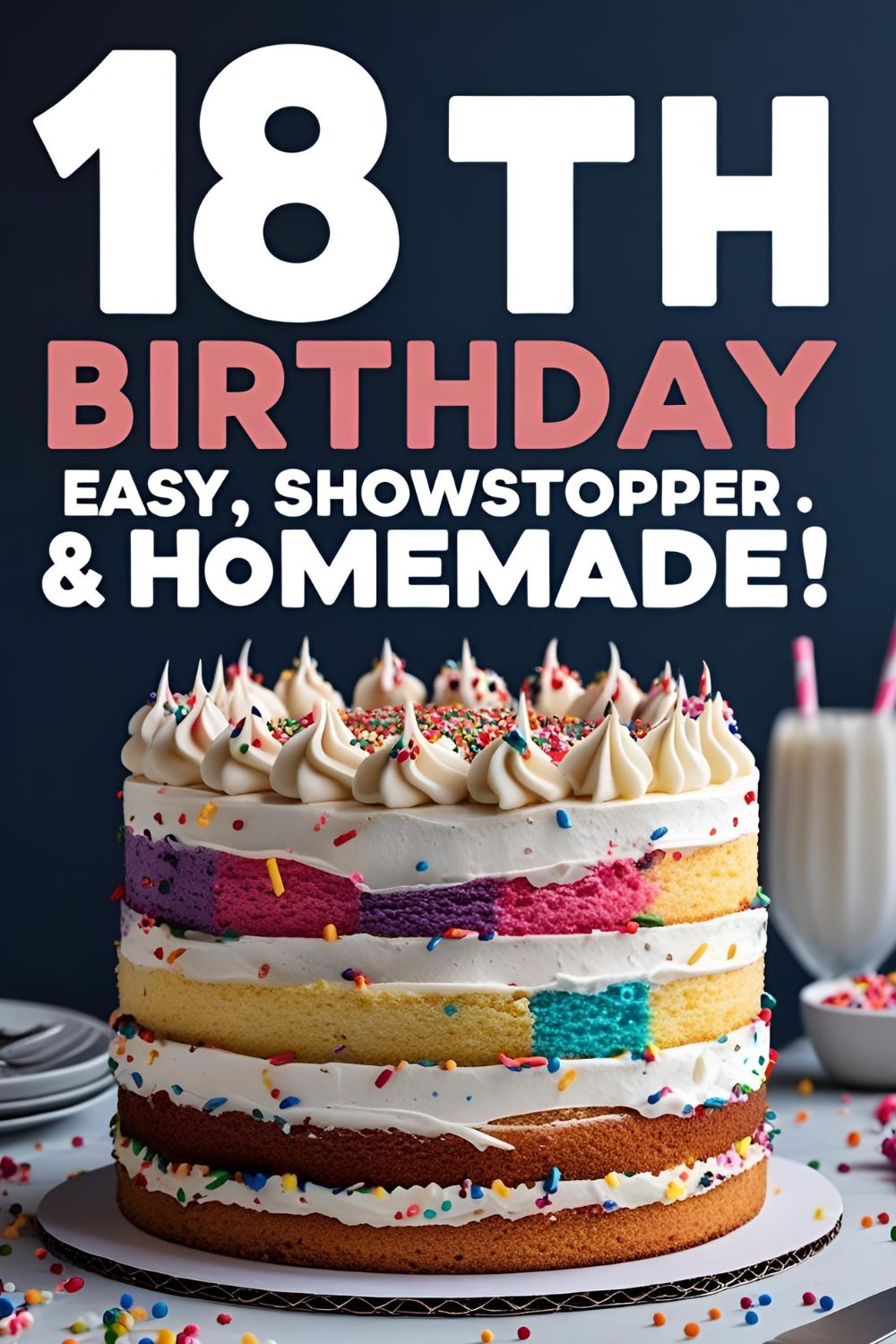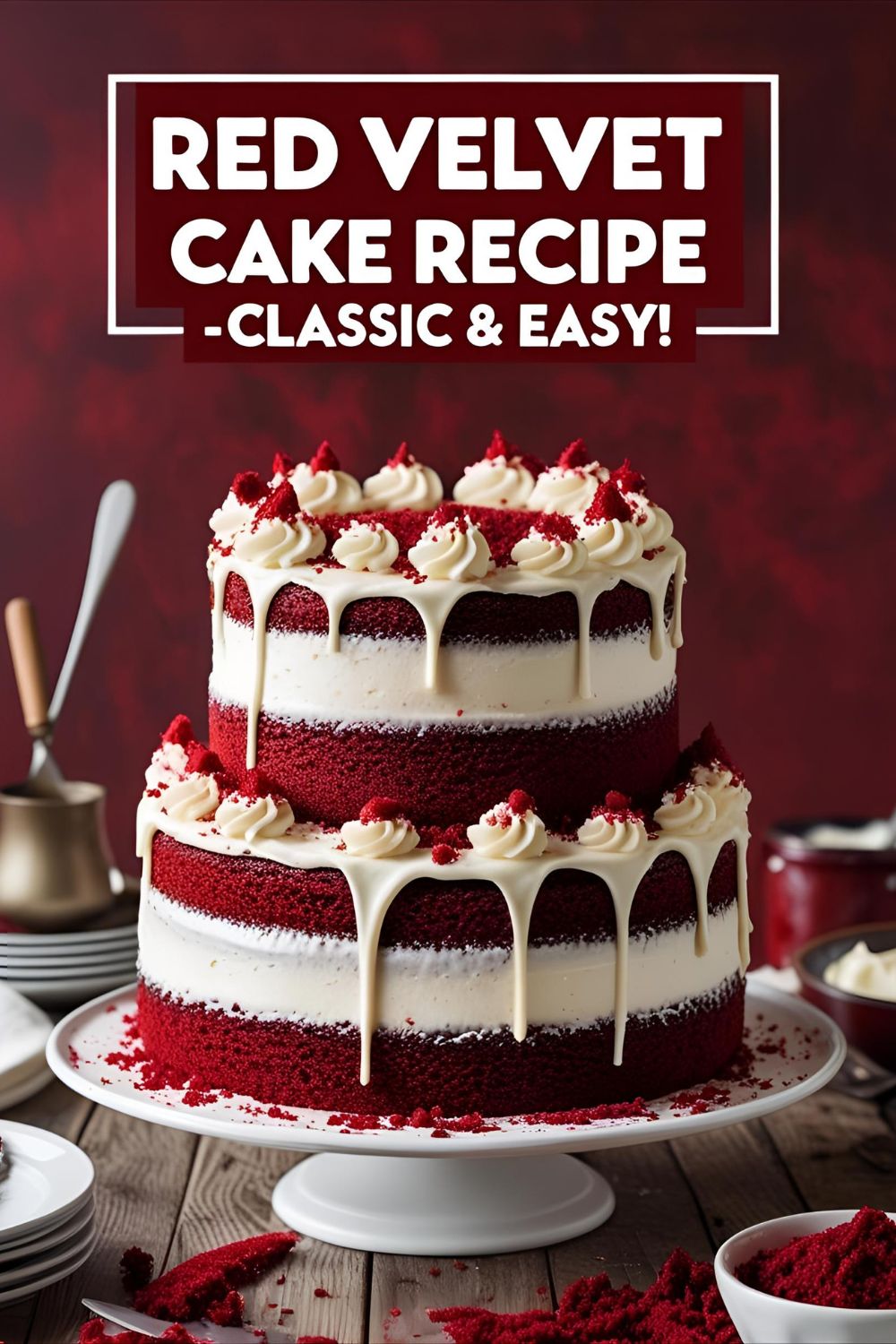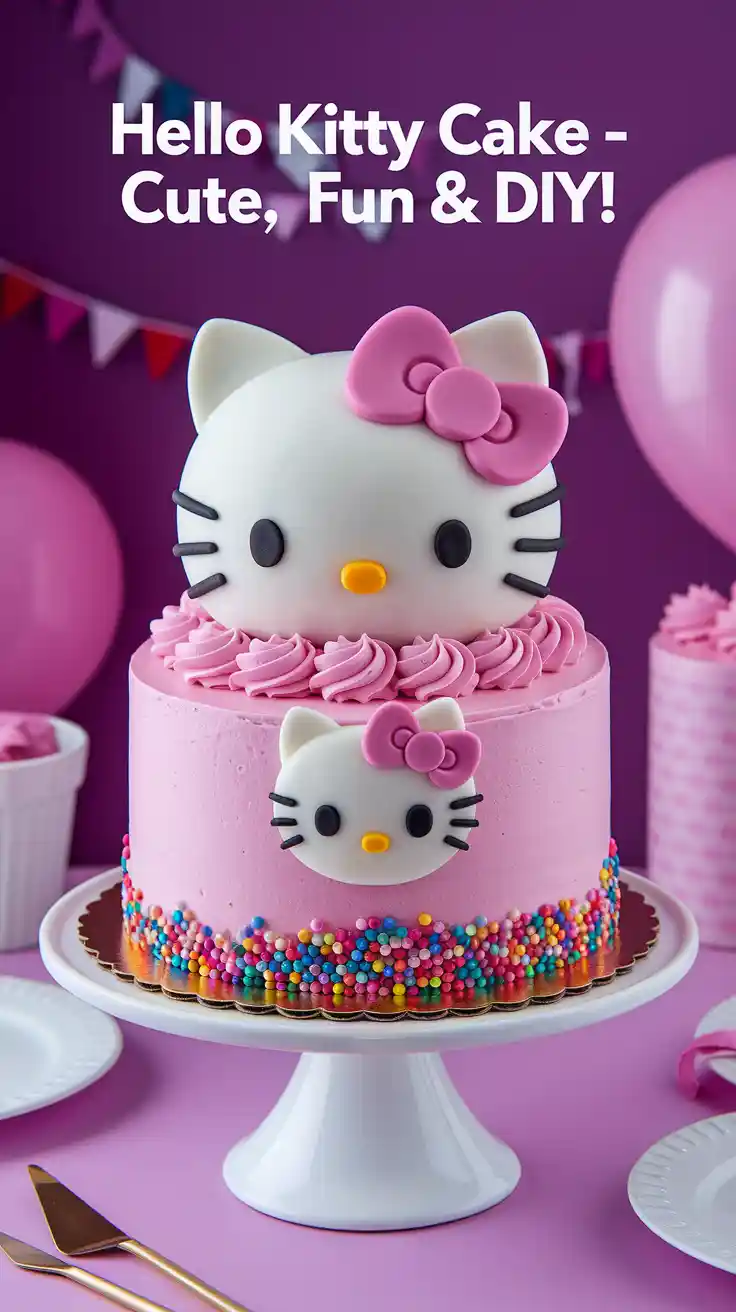How to Make a Chic Maison Margiela Cake (It’s a Whole Vibe)
Let’s talk about fashion. And let’s talk about cake. On the surface, they may seem like worlds apart. But have you ever looked at a piece of avant-garde, deconstructed high fashion and thought, “That’s a work of art… I wonder what it would taste like?” No? Just me? Well, today we’re blurring the lines. We are taking the enigmatic, minimalist, and brilliantly deconstructed ethos of a legendary fashion house and turning it into dessert. Welcome, fashionistas and foodies, to the maison margiela cake.
This isn’t your grandma’s birthday cake. This is a statement piece. It’s an architectural, minimalist, and unexpectedly delicious creation that’s less about sprinkles and rosettes and more about texture, form, and concept. It’s the kind of cake you’d serve at a gallery opening or to your most devastatingly chic friends. It’s an art project you can eat.
Why This Recipe is an Absolute Mood
So, why would you make a cake inspired by a notoriously mysterious Belgian designer? Because it’s impossibly cool.
- It’s Understated and Unforgettable: In a world of loud, colorful, drip-covered cakes, this stark white, minimalist creation stands out by being quiet. It’s intriguing, it’s a conversation starter, and it has an undeniable “if you know, you know” cool factor.
- The Flavor is a Surprise: The exterior is a blank canvas, but the inside is a sophisticated surprise. We’re using a delicate Earl Grey tea-infused cake that is elegant, aromatic, and anything but boring. It’s a beautiful contrast to the severe aesthetic.
- It’s an Art Project: This is more than just baking; it’s about construction and deconstruction. You’ll carve, sculpt, and finish this cake like a piece of edible architecture. The process is as satisfying as the final product.
The Ingredient List: The ‘Matière’
A conceptual cake requires ingredients chosen with intention. We need a sturdy base for our structure and a chic, plaster-like coating.
For the Architectural Earl Grey Cake Base:
- All-Purpose Flour: 2 cups.
- Baking Powder: 1 ½ teaspoons.
- Salt: ½ teaspoon.
- Unsalted Butter: 1 cup (2 sticks), at room temperature.
- Granulated Sugar: 1 ½ cups.
- Large Eggs: 4, at room temperature.
- Vanilla Extract: 1 teaspoon.
- Whole Milk: 1 cup.
- Earl Grey Tea: 4 tea bags.
- Boiling Water: 1 cup.
For the Stark White ‘Plaster’ Ganache:
- High-Quality White Chocolate: 12 ounces, finely chopped. Use a good brand like Callebaut or Valrhona to avoid a yellowish tint.
- Heavy Cream: ½ cup.
For the Signature Detail:
- Thick White Cotton Thread & a Needle: FOR GARNISH ONLY. NOT EDIBLE.
Tools & Kitchen Gadgets: The Atelier
Precision is the name of the game. Gather your tools.
- A 9×5 inch Loaf Pan: For creating a sharp, block-like silhouette.
- A Stand Mixer or Hand Mixer: For a smooth, well-emulsified batter.
- A very sharp Serrated Knife or Cake Leveler: For tailoring the cake.
- An Offset Spatula & Bench Scraper: Essential for achieving those sharp, architectural edges.
- A Cake Turntable: To make the frosting process seamless.
- Parchment Paper: For a clean release.
- A clean, unused piece of canvas fabric or a stark white plate: For serving. This is about presentation, darling.
Step-by-Step Instructions: The ‘Défilé’
Approach this like a designer. We will construct, deconstruct, and finish with a signature detail.
Phase 1: Construct the Foundation
- Infuse the Milk: Gently heat the 1 cup of milk in a small saucepan. Once warm, remove from heat, add the 4 Earl Grey tea bags, and let them steep for at least 30 minutes to create a strong infusion. Squeeze the bags to get all the flavor out, then discard them. Let the milk cool to room temperature.
- Prep: Preheat your oven to 350°F (175°C). Grease and flour your loaf pan, and line the bottom with parchment paper.
- Make the Batter: In a large bowl, cream the butter and sugar until light and fluffy. Beat in the eggs one at a time, followed by the vanilla. In a separate bowl, whisk together the flour, baking powder, and salt.
- Combine: On low speed, alternate adding the dry ingredients and the cooled Earl Grey-infused milk to the butter mixture, beginning and ending with the dry ingredients. Mix until just combined.
- Bake: Pour the batter into your prepared loaf pan and bake for 50-60 minutes, or until a skewer inserted into the center comes out clean. Let it cool in the pan for 20 minutes before turning out onto a wire rack to cool completely. For best results, chill the cooled cake in the fridge for at least an hour to firm it up before carving.
Phase 2: Tailor the Form (The Deconstruction)
- Once your cake is chilled and firm, place it on your turntable.
- Using your long serrated knife, carefully trim off the domed top to create a perfectly flat surface.
- Trim a very thin layer off all four sides and both ends to remove the browned crust, revealing the pale crumb inside. The goal is a sharp, clean rectangular block. Be precise. Be ruthless. This is fashion.
Phase 3: Apply the Façade (The White Ganache)
- Make the Ganache: Place your finely chopped white chocolate in a heatproof bowl. Gently heat the heavy cream until it just begins to simmer, then pour it over the chocolate. Let it sit for 5 minutes, then stir slowly until it becomes a smooth, luscious ganache.
- Let it Cool: The ganache needs to cool and thicken to a spreadable, peanut-butter-like consistency. This can take an hour or two at room temperature.
- Coat the Cake: Apply a thin layer of the cooled ganache over your trimmed cake block. Use your bench scraper to get the sides and top as straight and sharp-edged as possible. We aren’t looking for perfectly smooth; a slightly raw, plaster-like texture is very on-brand. Chill until the ganache is firm.
Phase 4: The Signature Detail
- This is the final touch that makes the cake. Cut a small, neat rectangle of parchment paper (about 1×2 inches).
- Thread your needle with the thick white cotton thread.
- Carefully make four distinct, evenly spaced white stitches through the parchment paper tag.
- Gently place this tag onto a corner of the finished cake. It should adhere slightly to the ganache.
- CRUCIAL NOTE: This tag and its thread are NOT EDIBLE. It is a garnish to be admired and then removed before slicing and serving the cake.
Calories & Nutritional Info (The Abstract Concept)
Darling, one doesn’t discuss the caloric composition of a concept. This is about aesthetics, not analytics. But if one must…
- Serves: A small, exclusive gathering.
- Nutritional Value: Primarily intellectual and artistic.
- Pairs well with: Black coffee, critical thinking, and an air of detached coolness.
Common Mistakes to Avoid (The Fashion Faux Pas)
- A Weak Silhouette: If you don’t chill your cake before carving, it will be a crumbly mess. A firm, cold cake is essential for clean lines.
- Over-Polishing the Finish: Don’t try to make the ganache perfectly smooth like a traditional birthday cake. A slightly uneven, textured finish looks more intentional and raw, which is the whole point.
- A Yellowish Tint: Your ganache must be stark white. This comes down to using a high-quality white chocolate that doesn’t have a yellow, waxy hue from excess cocoa butter substitutes.
- Sloppy Stitches: The four white stitches are the signature. They must be neat, parallel, and intentional. Practice on a spare piece of paper first. This is your logo.
Variations & Customizations (The ‘Artisanal’ Collection)
Once you’ve mastered the form, you can play with the concept.
1. The ‘Replica’ Fragrance Edition: ‘By the Fireplace’
Infuse your cake with smoky, warm flavors. Add a ½ teaspoon of smoked paprika to the dry ingredients and swap the Earl Grey tea for a smoky Lapsang Souchong. The flavor will be an incredible, unexpected contrast to the stark white exterior.
2. The ‘Tabi’ Boot (Expert Level)
For the truly ambitious and artistically inclined. After baking, attempt to carve your cake into the iconic split-toe shape of the Margiela Tabi boot before applying the white ganache. This is not for the faint of heart and requires significant sculpting skill.
3. The Paint Splatter
A nod to the iconic Margiela paint-splattered German Army Trainers. Once your white ganache has set, mix black gel food coloring with a little clear alcohol/extract. Use a clean paintbrush to flick specks of the “paint” onto the surface of the cake for a messy, artistic finish.
FAQ: Your Conceptual Cake Queries
What does a “Maison Margiela cake” taste like?
The concept is more visual than flavor-specific, but the key is a sophisticated, unexpected flavor profile that contrasts with the simple exterior. Think tea infusions (Earl Grey, matcha), subtle spices (cardamom, saffron), or floral notes (lavender, rose).
Is the thread and parchment tag edible?
NO. NO. NO. I cannot stress this enough. It is a purely decorative, conceptual garnish. It must be removed before you slice and serve the cake.
Why use ganache instead of buttercream?
White chocolate ganache sets much firmer than buttercream, which is essential for achieving the sharp, architectural edges. It also has a beautiful matte finish that looks more like plaster or paint than fluffy frosting.
My white chocolate ganache seized/split! What do I do?
This usually happens if it gets too hot or if water gets into it. You can sometimes save a split ganache by adding a tablespoon of hot milk or cream and whisking vigorously until it comes back together.
This seems really hard. Is it for beginners?
The individual techniques (baking a loaf cake, making ganache) are not advanced. The challenge is in the precision and patience required for the carving and finishing. If you take your time and follow the steps, it is absolutely achievable.
Where did you get this idea?
Maison Margiela is a fashion house famous for its deconstructed, avant-garde, and anonymous design philosophy. This cake is simply an attempt to translate that philosophy into an edible medium, celebrating form, texture, and concept over traditional decoration.
How do I serve this cake?
With intention. Place it on a minimalist white plate or a piece of raw canvas fabric. Slice it with a clean, sharp knife. Serve it in deafening silence and let your guests ponder its meaning. (Or, you know, just serve it at a party. It’s still a delicious cake).
Final Thoughts
You’ve done it. You have successfully baked a concept. You have transcended mere dessert and created a piece of edible art that is chic, thought-provoking, and delicious. You are the coolest person at the party, and you have the cake to prove it.
Now, present your masterpiece. When people ask what it is, just look them dead in the eye and say, “It’s a commentary on form and function.” And then enjoy a slice. After all, even conceptual art should be delicious.
